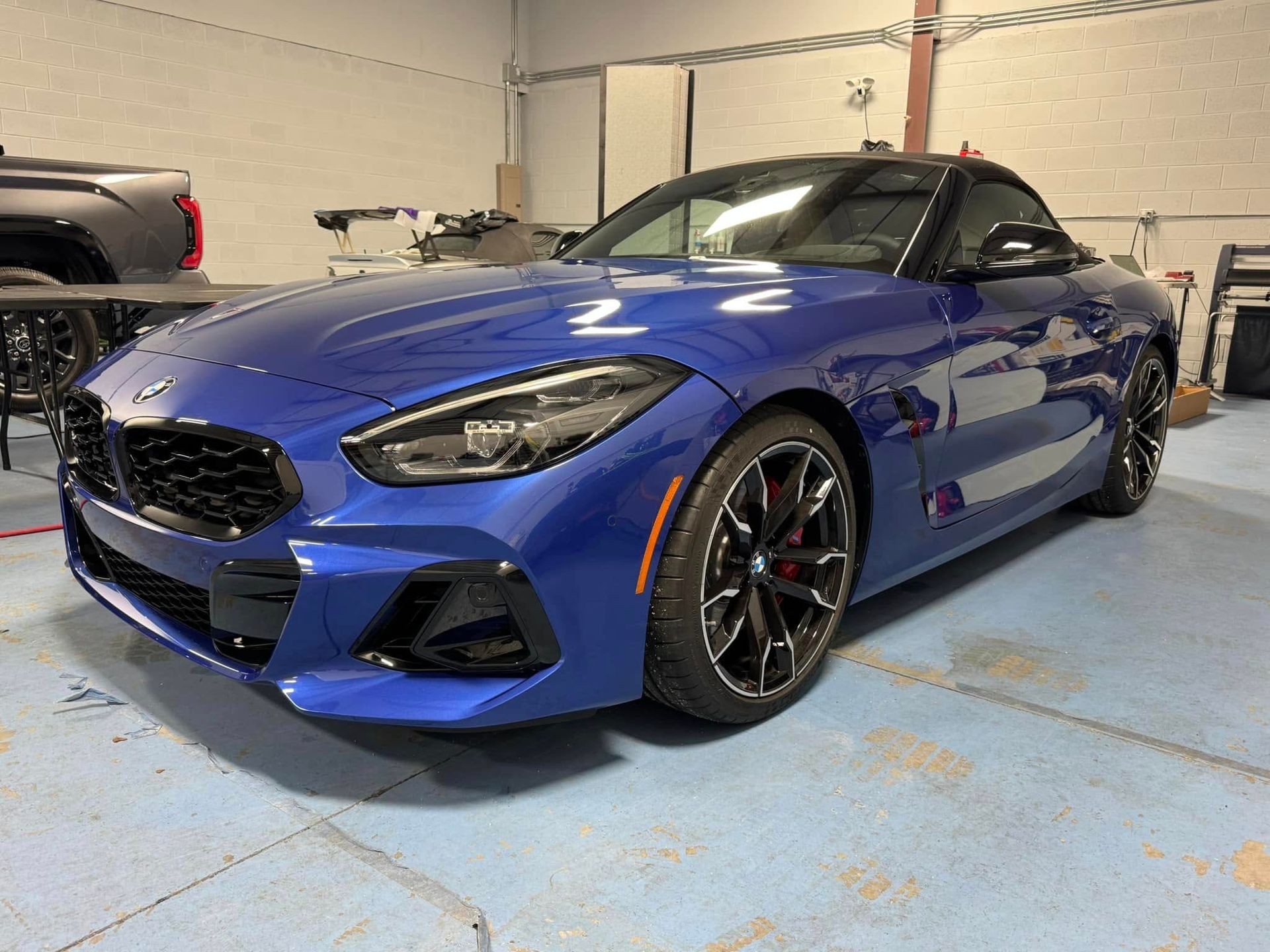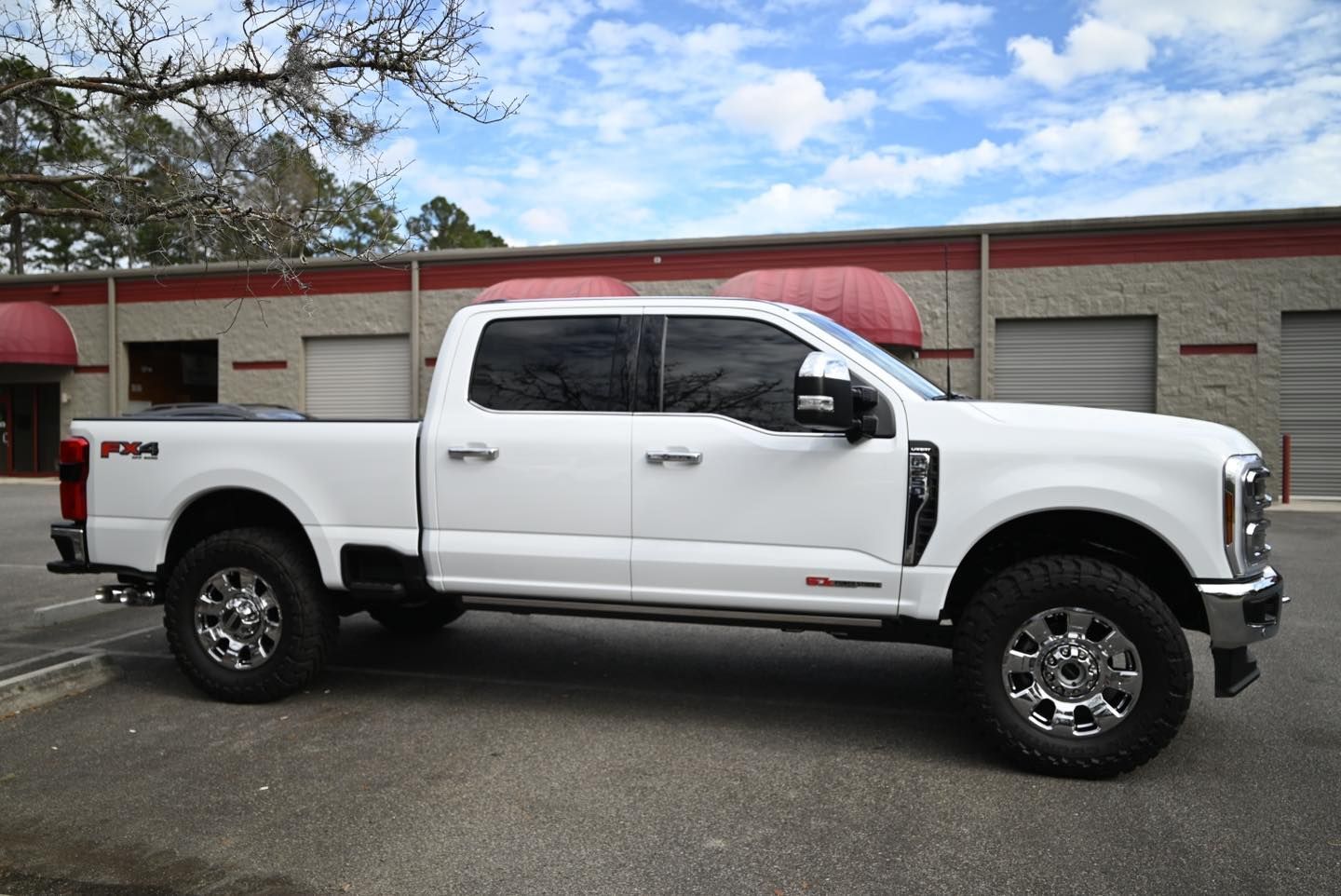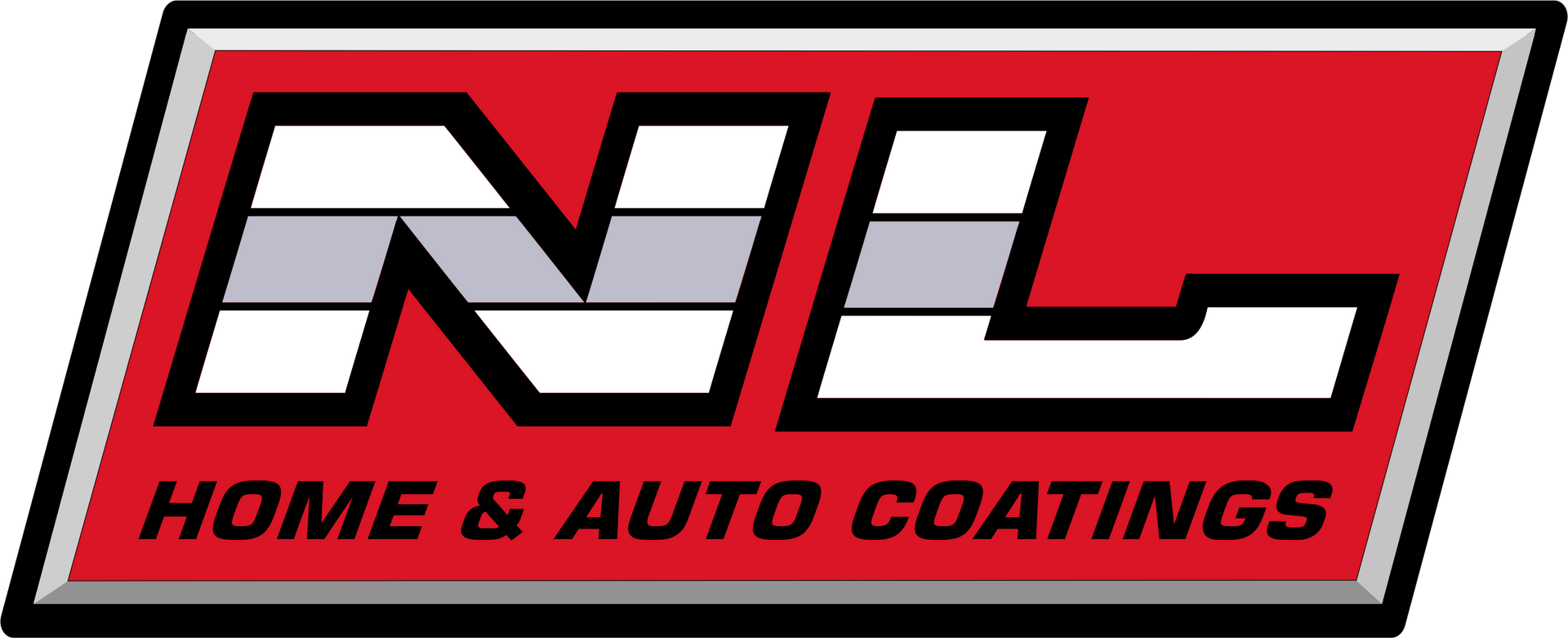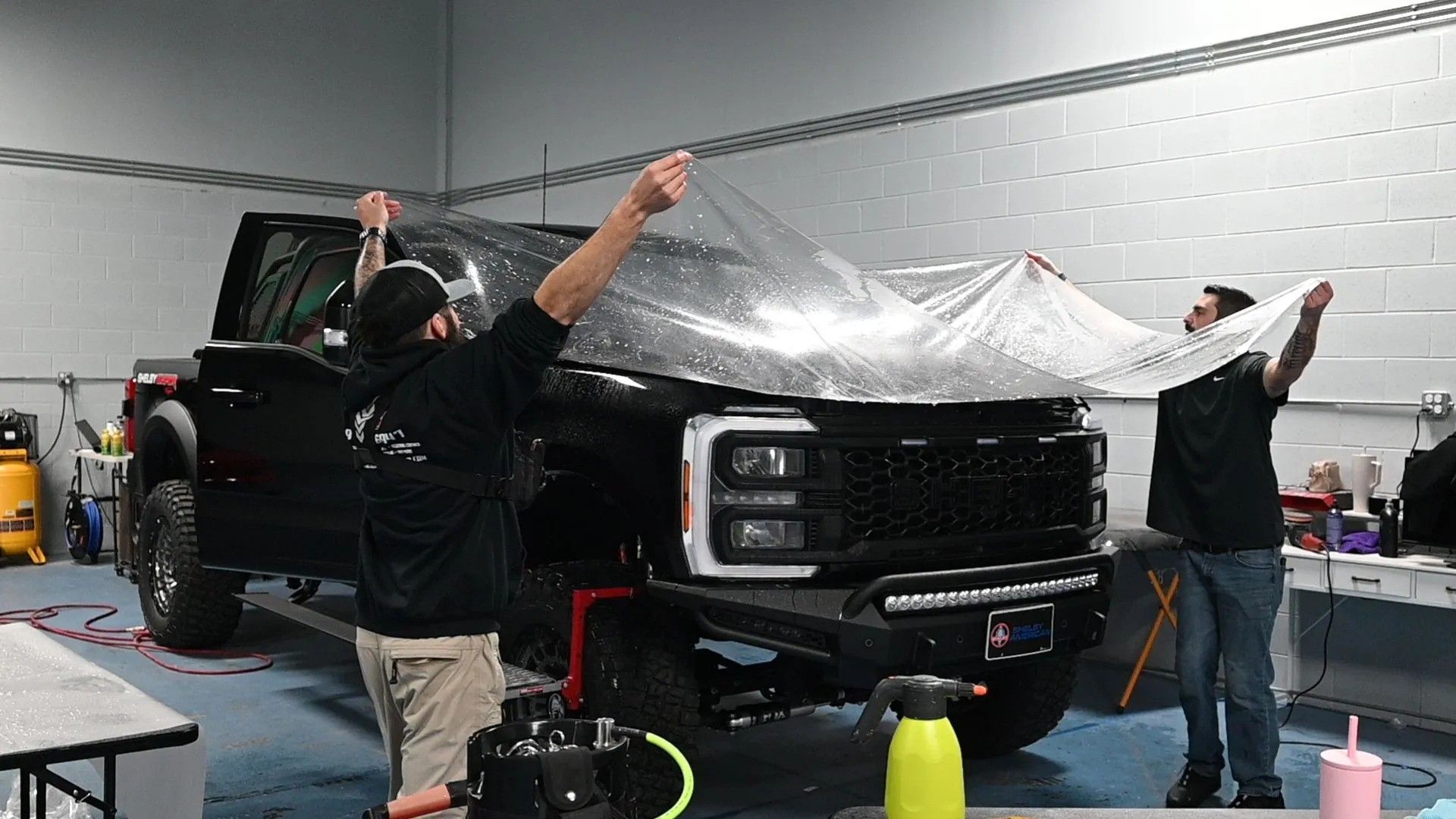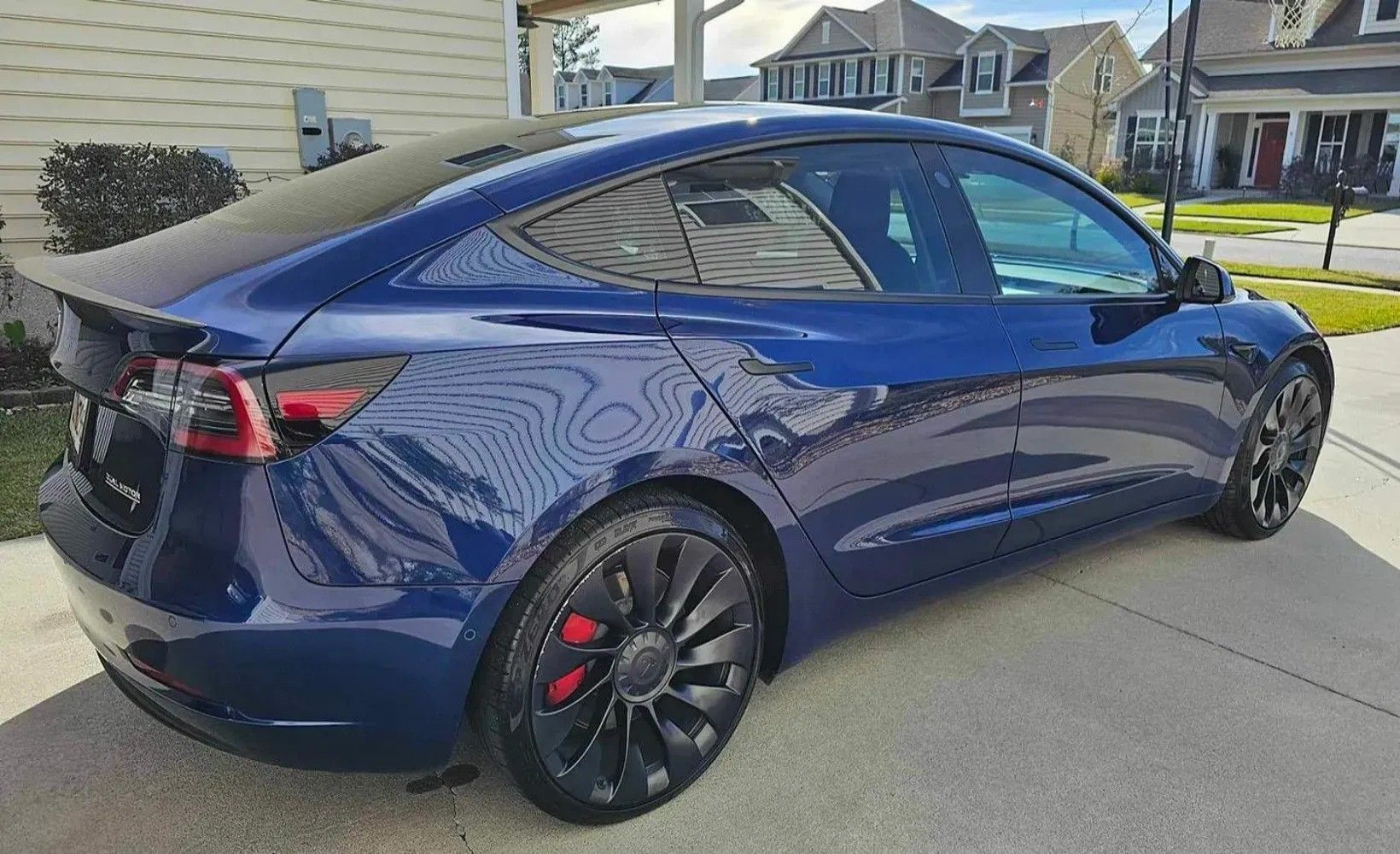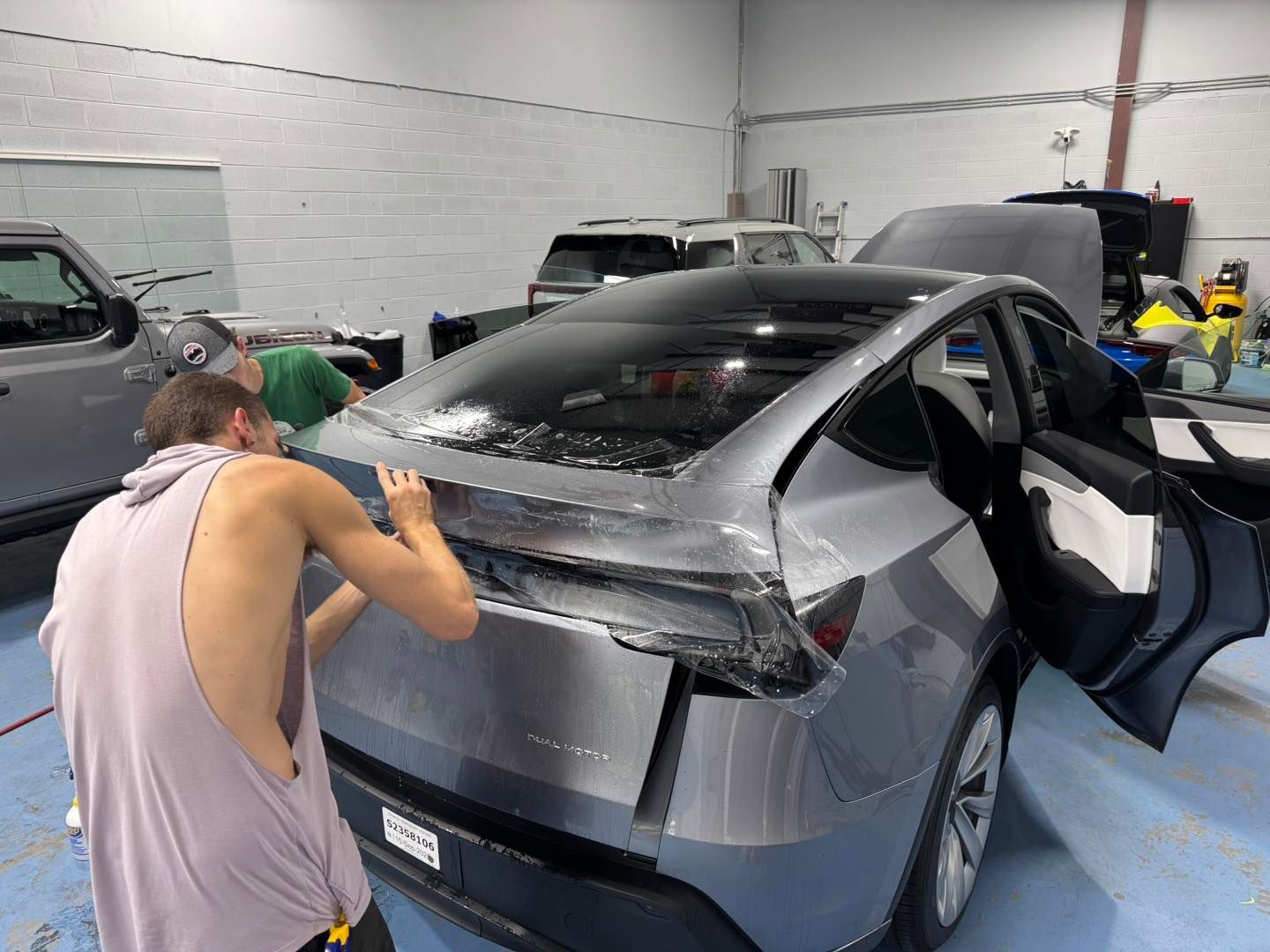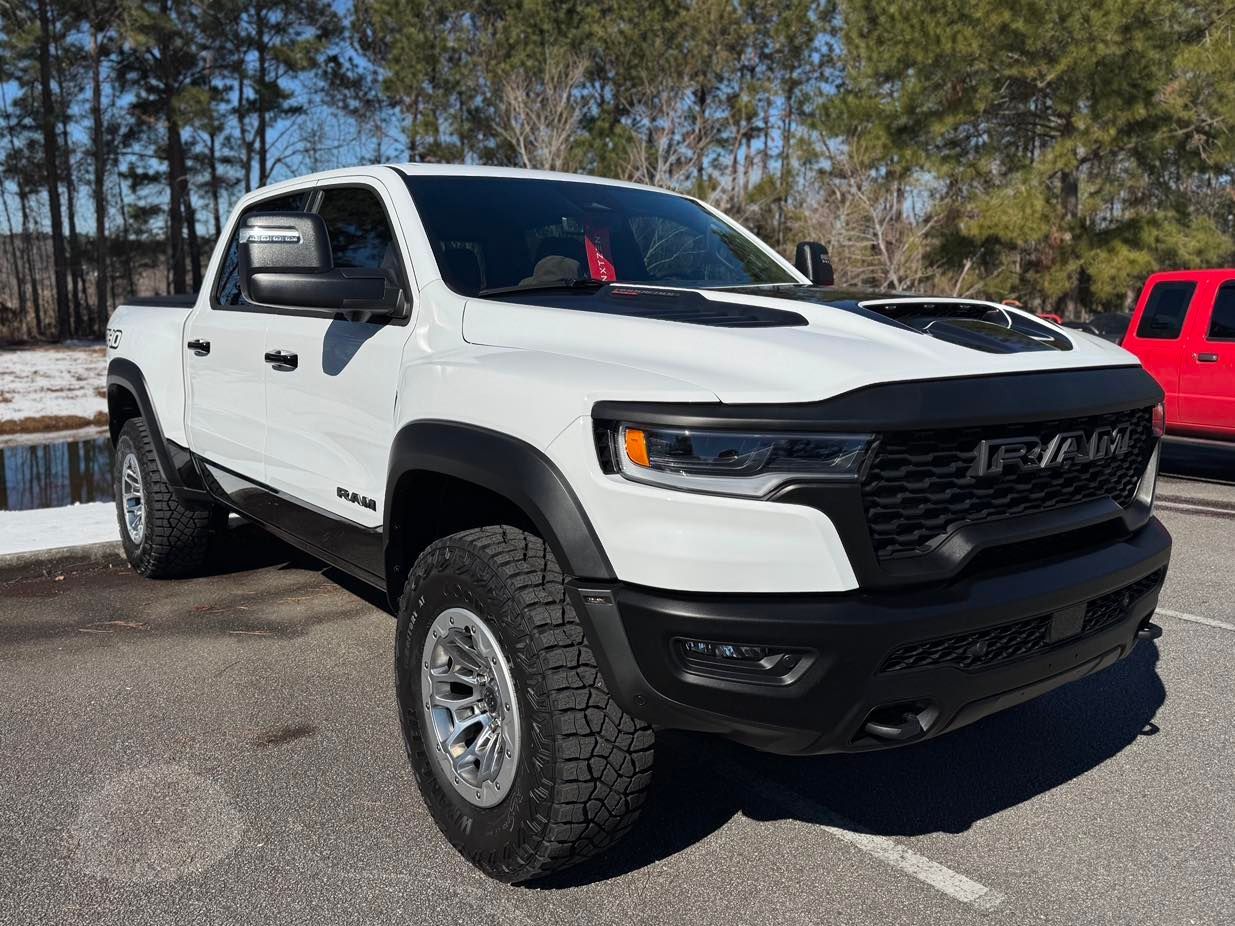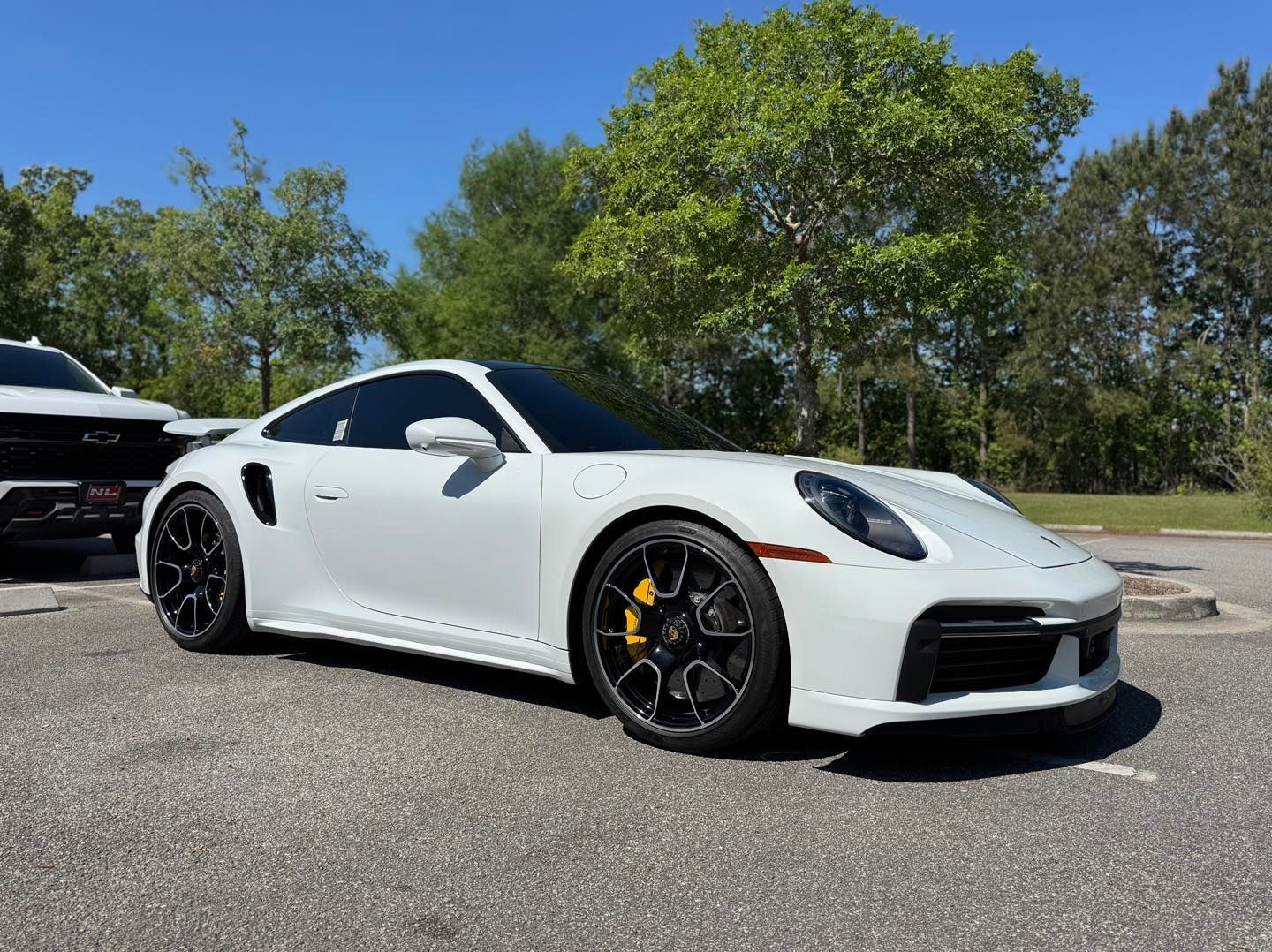How to Tell If Your Ceramic Coating Was Applied Correctly
Ceramic coatings offer a powerful shield against the elements while giving your car that deep, mirror-like shine but only if they're applied properly. A poorly applied ceramic coating can lead to uneven protection, reduced longevity, or even damage to your vehicle's finish. So how do you know if your ceramic coating was done right?
In this article, we’ll break down the most important indicators of a well-executed ceramic coating job, from visible signs like gloss and water beading to the finer points of preparation and application techniques. Whether you’ve already had a coating applied or are considering it, knowing what to look for can save you money and frustration.
1. Surface Gloss and Clarity: First Impressions Matter
One of the most noticeable benefits of a high-quality ceramic coating is the immediate boost in shine. After a proper application, your vehicle should have a deep, glass-like gloss that looks almost wet to the eye.
However, the shine isn’t just about looking shiny, it’s a sign that the paint was properly prepped and the coating applied evenly. A dull, cloudy, or patchy finish often indicates surface contamination, poor correction, or rushed application.
Check for:
- Uniform gloss from all viewing angles
- Rich, vibrant paint color with no fading
- No swirl marks, haze, or residue when viewed in direct light
Even the best ceramic products can’t mask poor preparation. The gloss should feel
integrated into the paint, not just sitting on top of it.

2. Hydrophobic Performance: Water Beads Tell the Truth
A ceramic coating’s ability to repel water—its hydrophobic property—is one of the easiest and most visual ways to test if it was applied correctly. When water contacts a coated surface, it should instantly form tight, spherical beads that roll off easily.
This “beading” behavior looks impressive and contributes to the self-cleaning effect, helping dust and debris slide off instead of sticking.
What you should see:
- Water beads quickly upon contact, forming round droplets
- Rain or rinsing causes fast water shedding, leaving minimal streaks
- Water slides off both flat and vertical panels
If water appears to cling to the surface or pools unevenly, this may signal poor surface bonding, insufficient product usage, or improper curing.
3. Smooth, Slick Texture: Feel the Difference
The tactile feel of your vehicle’s surface can reveal just as much as what you see. A properly applied ceramic coating will feel extremely slick and smooth to the touch, like polished glass. This slickness results from nano-sized particles filling in microscopic pores in the paint.
Signs of correct application include:
- Your hand glides effortlessly over the surface with minimal drag.
- Dirt and grime wipe off easily with minimal effort.
- The surface feels "buttery smooth," especially after washing.
If the surface feels gritty, sticky, or uneven, it's likely the coating wasn’t applied properly—or the surface wasn’t decontaminated beforehand.
4. Even, Consistent Coverage Across All Panels
Ceramic coatings need to be applied uniformly. Missed spots, high spots (thick, sticky areas), or overlapping streaks can compromise both performance and appearance.
Professionals use techniques like cross-hatching and level lighting to ensure full coverage. Missed sections appear differently under light and fail to resist contaminants, thereby defeating the purpose of the coating.
Red flags of poor coverage:
- Some panels bead water while others don’t
- Surface feels tacky or leaves streaks when wiped
- Uneven gloss or rainbow-like smears visible in sunlight
A reputable detailer should inspect and correct high spots before curing, but rushed jobs often skip this step.
5. Proper Surface Preparation Before Application
No ceramic coating—regardless of quality—will perform well if the surface underneath wasn’t correctly prepared. This includes washing, decontaminating, polishing, and degreasing. These steps remove old wax, embedded dirt, and microscopic imperfections that interfere with coating adhesion.
Signs the prep was done right:
- No leftover contaminants or rough patches on the paint
- Swirl marks and scratches have been minimized or corrected
- Surface feels pure and clean before coating (pre-application inspections are key)
If a coating starts failing early or performs inconsistently, poor preparation is often the culprit.
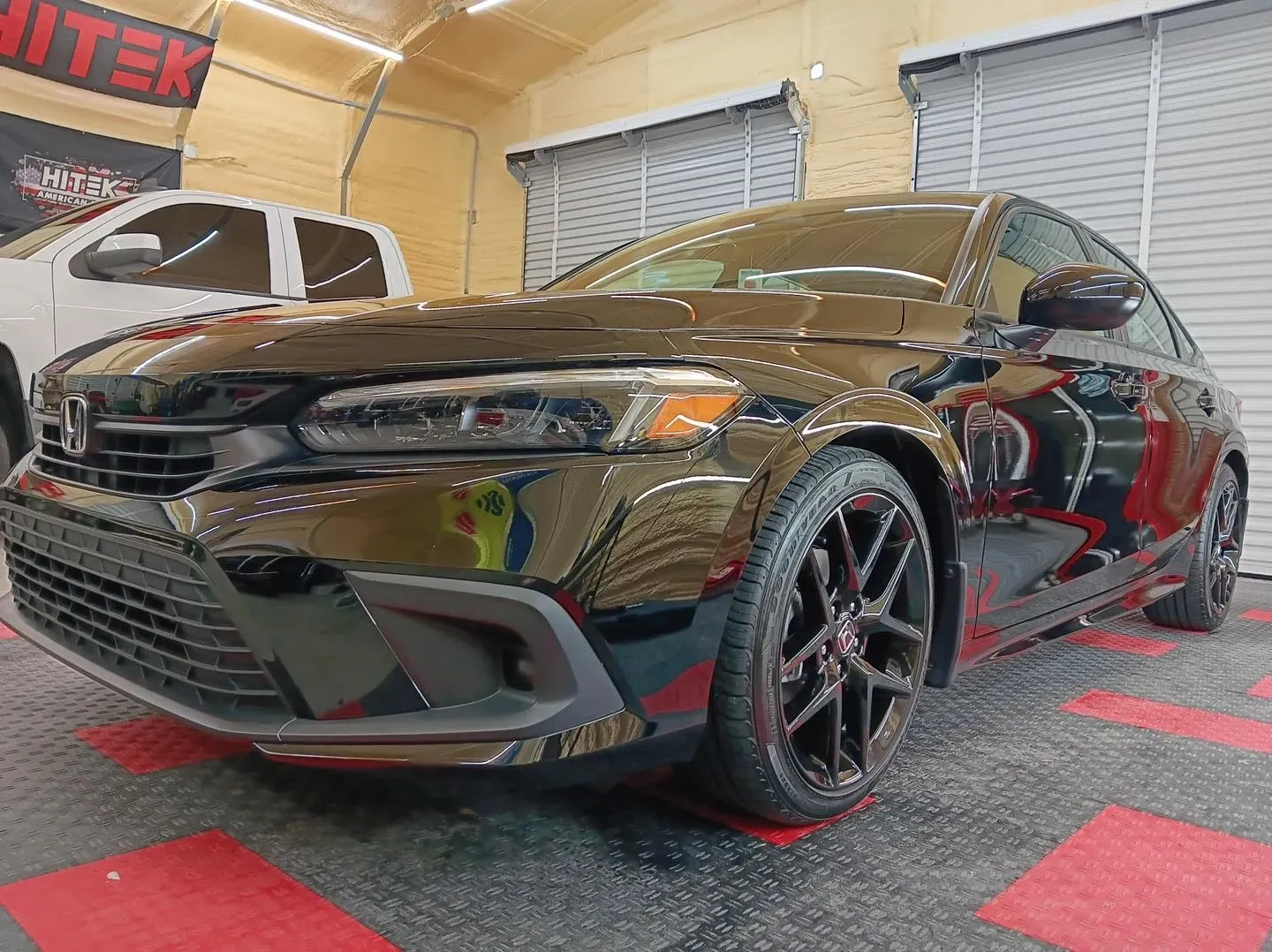
6. Respect for Curing Time: Let It Set
Ceramic coatings require time to bond with the paint and harden—this is known as curing. Most coatings need 24–48 hours of dry, controlled conditions before exposure to moisture. Full chemical bonding and hardening can take up to 7 days.
If the coating was cured properly:
- No water spots or hazing within the first week
- Beading and slickness increase after a few days
- No soft, sticky areas or signs of premature wash exposure
Short-cutting the curing period can permanently compromise durability and appearance. If you exposed your vehicle to rain within hours of the job, the results might not endure.
7. Long-Term Durability and Easy Maintenance
Ceramic coatings are designed for long-term protection, not just short-term shine. You should still notice hydrophobic effects, enhanced gloss, and easier cleaning for months—even years—after application.
After 3 to 6 months, look for:
- Continued water beading after washes
- Less dirt buildup between washes
- No signs of fading, oxidation, or clear coat failure
If your vehicle looks dull or feels unprotected after a few months, your coating may have been poorly applied—or wasn’t ceramic at all.
8. Chemical and UV Resistance: A True Shield
Another benefit of a correctly applied ceramic coating is its ability to resist harsh environmental factors. These include UV rays, acid rain, bird droppings, tree sap, and industrial fallout.
Indications of protection:
- No fading or discoloration of the paint, even in sunny conditions
- Bird droppings and sap wipe off easily without etching the surface
- Brake dust and road grime don’t stick as easily to wheels or lower panels
If you're noticing paint dulling, etching, or fading despite having a “ceramic coating,” it may not have been installed or cured correctly—or the product used wasn't genuine.
9. Professional Detailer Touch: Quality Over Convenience
Lastly, ask yourself: Who applied the coating?
Many DIY kits claim similar results, but unless applied with attention to every detail—and on a properly prepped surface—those results rarely last. Professional detailers not only use higher-grade products but also perform multi-step preparation, precision application, and quality checks.
The difference with pros includes:
- Paint correction to remove swirls and scratches before coating
- Controlled environments for dust-free, ideal-temperature application
- Warranty options or post-application checkups
Final Thoughts: Know the Signs, Protect Your Investment
A ceramic coating is more than just a beauty treatment—it’s an investment in your vehicle’s protection and longevity. But the results depend entirely on how well the product was applied.
If your coating exhibits high gloss, water beading, slickness, consistent coverage, and long-term resilience—congratulations! You likely received a high-quality application. But if something seems off, it might be time for a professional assessment.
Trust Your Shine to the Experts
At Northern Lights Home & Auto Coatings, we specialize in professional-grade ceramic coatings that are installed with precision and care. From surface prep to final cure, we inspect every step to ensure your coating looks incredible and performs for years to come.
Want to know if your current coating was done right—or ready to start fresh with the experts? Contact us today to schedule your ceramic coating consultation. Protect your ride. Preserve your shine.
